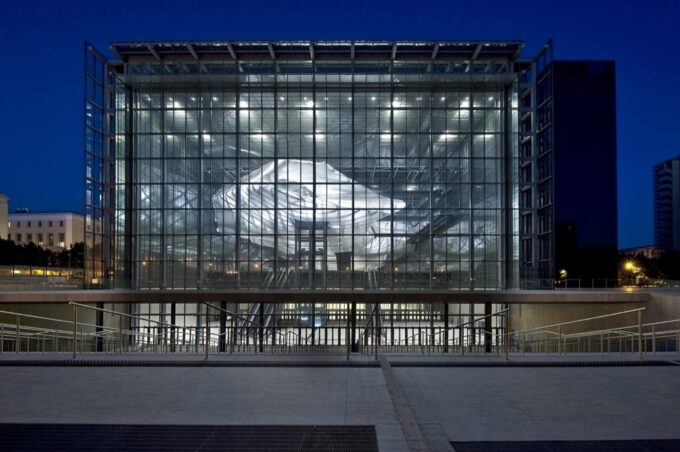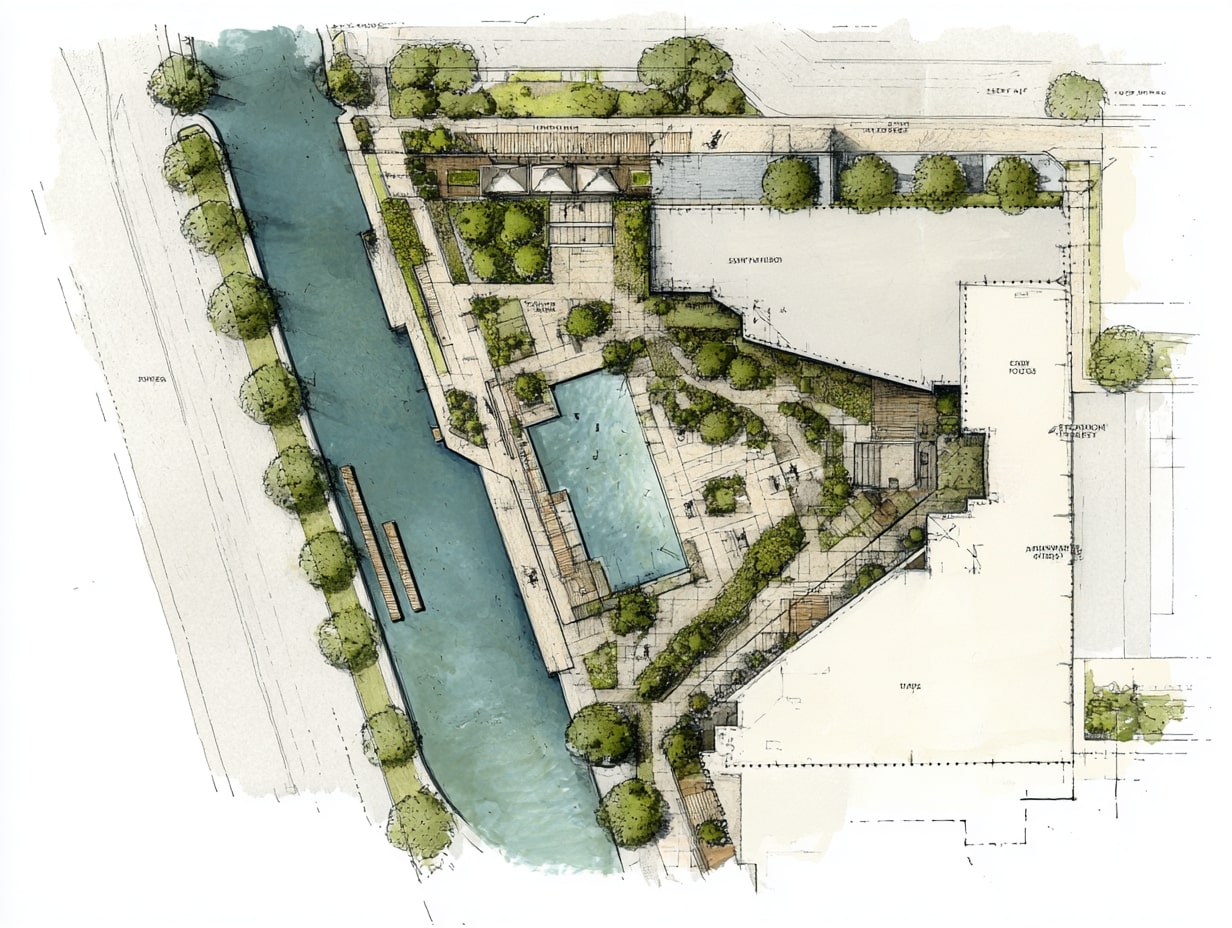- Home
- Articles
- Architectural Portfolio
- Architectral Presentation
- Inspirational Stories
- Architecture News
- Visualization
- BIM Industry
- Facade Design
- Parametric Design
- Career
- Landscape Architecture
- Construction
- Artificial Intelligence
- Sketching
- Design Softwares
- Diagrams
- Writing
- Architectural Tips
- Sustainability
- Courses
- Concept
- Technology
- History & Heritage
- Future of Architecture
- Guides & How-To
- Art & Culture
- Projects
- Interior Design
- Competitions
- Jobs
- Store
- Tools
- More
- Home
- Articles
- Architectural Portfolio
- Architectral Presentation
- Inspirational Stories
- Architecture News
- Visualization
- BIM Industry
- Facade Design
- Parametric Design
- Career
- Landscape Architecture
- Construction
- Artificial Intelligence
- Sketching
- Design Softwares
- Diagrams
- Writing
- Architectural Tips
- Sustainability
- Courses
- Concept
- Technology
- History & Heritage
- Future of Architecture
- Guides & How-To
- Art & Culture
- Projects
- Interior Design
- Competitions
- Jobs
- Store
- Tools
- More
Transforming Communities Through The Shared Space: Fostering Connection and Collaboration
Discover the transformative power of shared spaces in fostering collaboration and community connection. This article explores the evolution and benefits of environments like co-working offices, community gardens, and public parks, while addressing challenges such as safety and accessibility.

In today’s fast-paced world, the concept of shared space is becoming increasingly important. It’s not just about physical locations but also about how we interact and coexist in various environments. Whether it’s co-working offices, community gardens, or public parks, shared spaces foster collaboration and connection among diverse groups.
By embracing shared spaces, we can enhance our communities, promote sustainability, and create a sense of belonging. These areas invite us to engage with one another, breaking down barriers and encouraging creativity. As we explore the significance of shared spaces, we’ll uncover the benefits they bring to our lives and how they can transform our interactions.

Table of Contents
ToggleUnderstanding The Shared Space
Shared spaces are environments where individuals and groups come together to interact, collaborate, and engage in diverse activities. These spaces typically transcend traditional boundaries, fostering community and connection.

Definition and Concept
Shared spaces encompass physical locations like co-working offices, community gardens, and public parks, as well as virtual environments. These settings promote collaboration, creativity, and social interaction by encouraging the exchange of ideas and resources. Shared spaces can vary in purpose and design, but they fundamentally serve to enhance the experience of belonging and interconnectedness among users.
Historical Context
Shared spaces have evolved significantly over time. Historically, communal areas like village squares and marketplaces acted as focal points for social interaction. In the 20th century, the rise of urban planning highlighted the importance of parks and public spaces, aiming to enhance community life. With advancements in technology, shared spaces now include collaborative work environments and online platforms, adapting to the changing needs of society. This evolution showcases our ongoing commitment to fostering collaboration and connection in every aspect of our lives.
Benefits Of The Shared Space
Shared spaces significantly enhance our interactions and foster a sense of belonging within communities. By creating environments for engagement, these spaces promote collaboration and provide diverse benefits.

Enhanced Community Interaction
Enhanced community interaction occurs through shared spaces where individuals connect over common interests. Social activities organized in these environments facilitate conversations and relationships. Community gardens enable residents to collaborate on sustainable practices while strengthening social bonds. Public parks offer venues for local events, including markets and festivals, which bring together families and friends. Co-working spaces encourage networking among professionals, enabling idea exchange that leads to innovation. Overall, these interactions deepen community ties and elevate collective identity.
Economic Opportunities
Economic opportunities expand as shared spaces attract diverse groups and activities. Co-working offices reduce overhead costs for freelancers and startups, promoting entrepreneurship. Local businesses benefit from increased foot traffic in public spaces, enhancing sales and brand visibility. Community gardens can generate income by producing local food, educating residents on agriculture’s economic value. Public parks serve as sites for events like farmer’s markets, creating job opportunities in catering, event management, and entertainment. These economic benefits contribute to overall community development and sustainability.
Challenges Of The Shared Space
Shared spaces present unique challenges that can hinder their effectiveness in fostering community and collaboration. We must address these concerns to optimize the potential of these environments.

Safety Concerns
Safety concerns frequently arise in shared spaces due to varied public interactions. We encounter issues such as theft, vandalism, and conflicts among users. Ensuring user safety can involve employing surveillance systems, employing onsite personnel, and establishing clear guidelines to promote respectful behavior. Additionally, regular maintenance of these spaces plays a crucial role in preventing accidents and preserving overall safety.
Accessibility Issues
Accessibility issues can limit participation in shared spaces. We encounter barriers such as insufficient public transport options, lack of wheelchair access, and inadequate signage. Ensuring inclusivity requires us to advocate for improved infrastructure and facilities. Implementing universal design principles can enhance accessibility, ensuring that everyone can enjoy the benefits of shared spaces, regardless of their physical abilities or socioeconomic status.
Case Studies Of The Shared Space
We can look at several successful implementations of shared spaces and extract valuable lessons from them. Each case illustrates how shared spaces positively impact communities by enhancing interaction and collaboration.

Successful Implementations
- Co-Working Spaces: We see effective models in urban areas like WeWork and Impact Hub, where professionals from various industries collaborate. These environments facilitate networking and idea generation, significantly boosting innovation.
- Community Gardens: In cities like Detroit, community gardens serve as green oases, promoting local food production. Participating residents cultivate relationships while engaging in sustainable practices that nurture both community and environment.
- Public Parks: The High Line in New York City transformed underutilized rail tracks into vibrant public space. It attracts millions annually and serves as a model for urban revitalization through design and community engagement.
- Shared Mobility Hubs: Initiatives in San Francisco combine bike-sharing, ride-sharing, and public transit options. These hubs increase accessibility and encourage sustainable transportation, reducing traffic congestion.
Lessons Learned
- Accessibility Matters: Successful shared spaces prioritize accessibility for all individuals. Clear signage and transportation options enhance participation, ensuring everyone can engage as intended.
- Community Involvement: Engaging the community in planning and decision-making strengthens ownership and accountability. Feedback loops promote continuous improvement and adapt to evolving community needs.
- Sustainability Initiatives: Sustainable practices in shared spaces foster environmental stewardship. Implementing green infrastructure, such as rainwater harvesting and native plant landscaping, reduces ecological impact.
- Safety and Maintenance: Regular maintenance and security measures are crucial. Establishing clear behavioral guidelines and employing onsite personnel can mitigate safety concerns and enhance user experience.
Examining these case studies elucidates the effectiveness of shared spaces in diverse contexts and highlights strategies that contribute to their success.
Conclusion
Shared spaces significantly influence modern society by fostering collaboration and connection among individuals. We recognize that these environments are essential for enhancing community interaction, encouraging innovation, and building a sense of belonging. Various examples, such as co-working offices and community gardens, illustrate the profound impact shared spaces can have on local economies and overall community development.
Acknowledging existing challenges, we understand that addressing safety concerns and accessibility issues is critical for the sustained effectiveness of shared spaces. Implementing measures such as enhanced surveillance, clear guidelines, and improved infrastructure ensures that everyone can participate fully.
Our exploration of successful case studies reveals effective strategies that contribute to the prominence of shared spaces. By drawing lessons from these initiatives, we can cultivate shared environments that not only meet the evolving needs of our communities but also promote inclusivity and collaboration.
- architecture for connection
- collaborative environments
- collaborative spaces
- communal areas
- community architecture
- community building through design
- community design
- community-driven design
- designing for interaction
- fostering connection
- human-centered spaces
- inclusive spaces
- place-making
- Public Space Design
- shared space benefits
- shared spaces
- social spaces
- space for collaboration
- space for social interaction
- urban community spaces
- urban planning
Submit your architectural projects
Follow these steps for submission your project. Submission FormLatest Posts
General Arrangement Drawings in Architecture: The Backbone of Clear Design Communication
General Arrangement Drawings explained: what they are, when to use them, how...
The Ultimate Guide to Fencing in North Dakota: Choosing the Best Fence for Your Property
Watching a chain link fence twist in 70 mph winds near Minot...
Gaudí: Where Architecture Meets Science
Gaudí: Where Architecture Meets Science shows catenary arches, ruled surfaces, and biomimicry...
How Housing Market Forces Shape Architectural Design Today
Architecture never exists in isolation. Buildings rise from a mix of ambition,...












Leave a comment